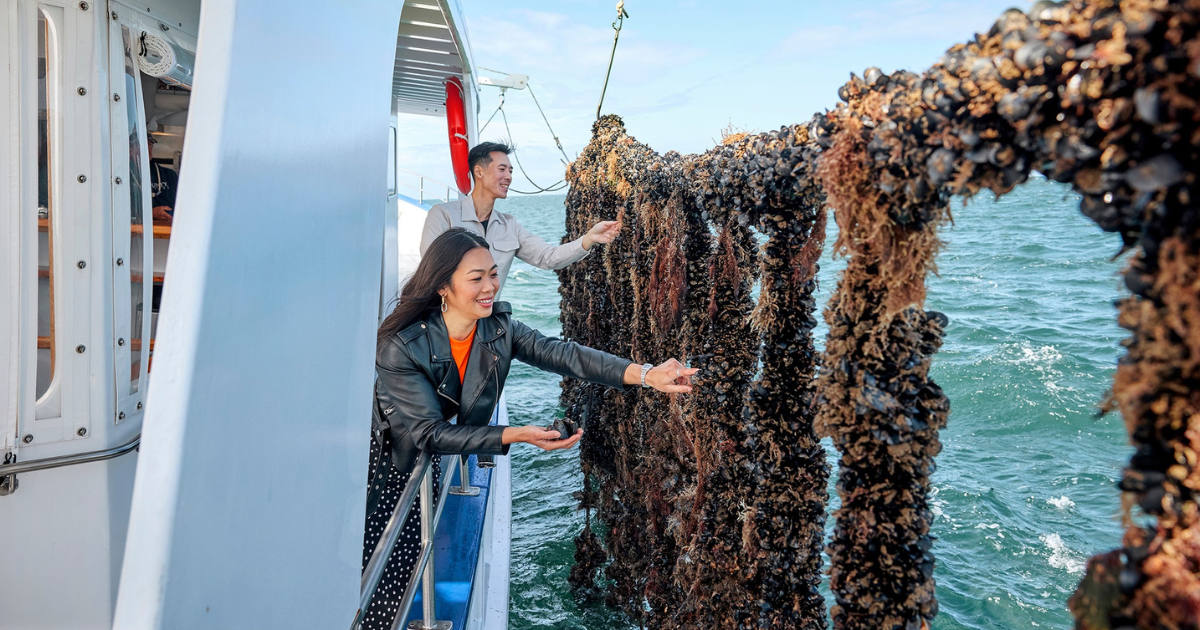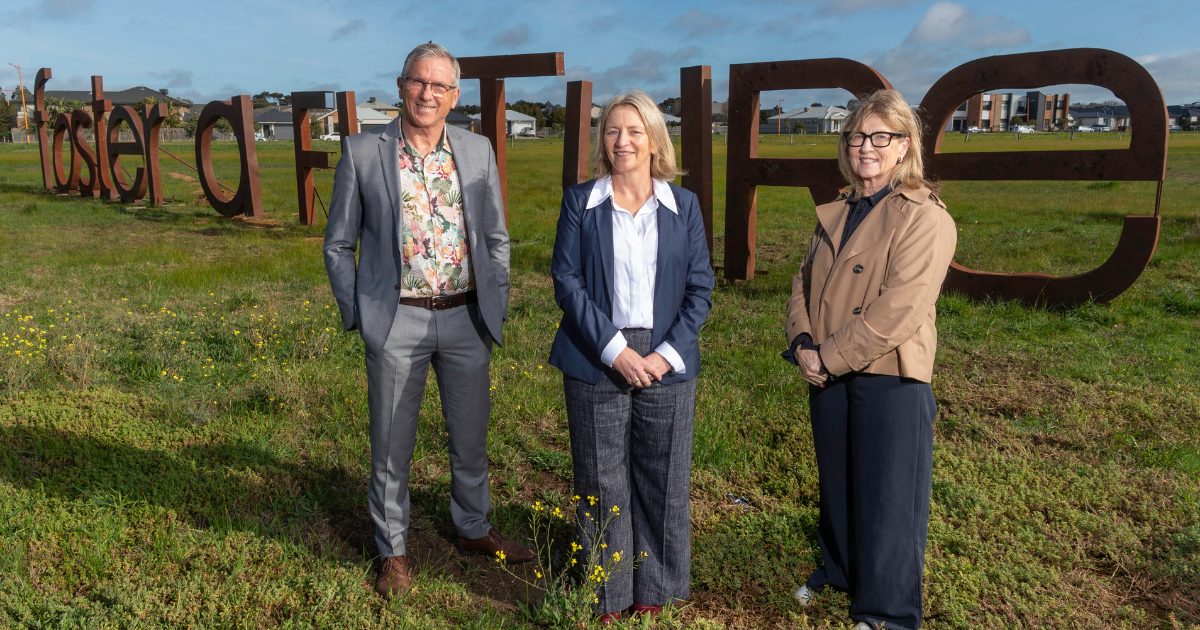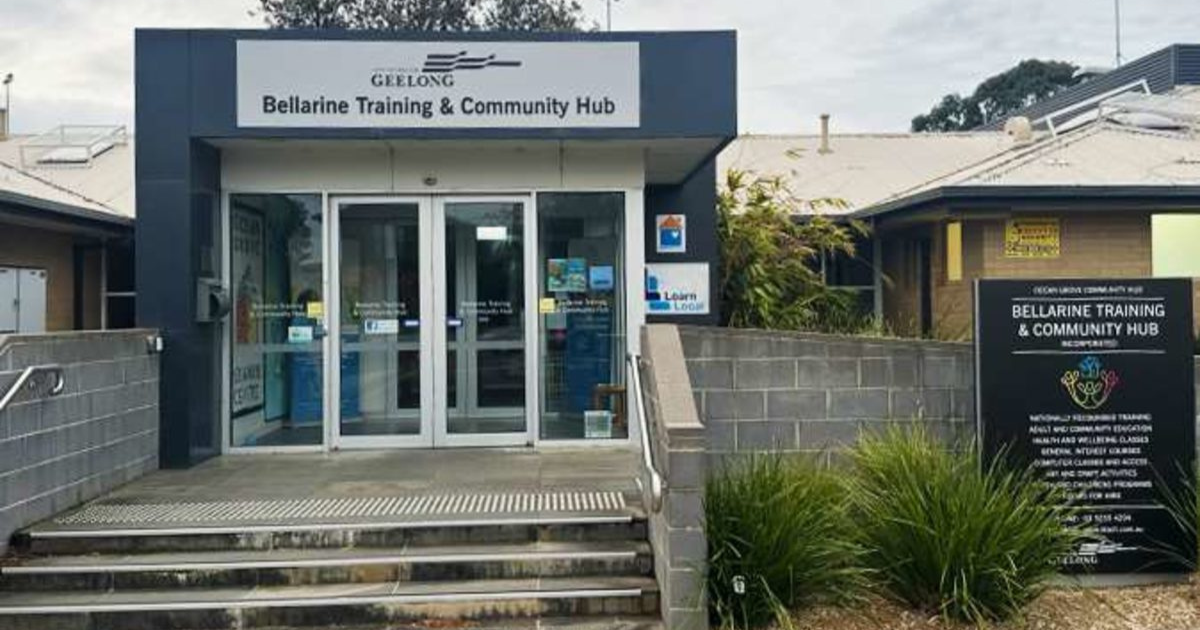Threat of rising sea levels looms over local communities

Corangamite Catchment Management Authority investigations and program development manager Chris Pitfield. Photos: FACEBOOK/PARLIAMENT OF VICTORIA
RISING sea levels, reduced rainfall and more storm events are just some of the climate change impacts forecast for several of Victoria’s coastal communities, a parliamentary inquiry investigating the preparedness of communities facing climate disasters has heard.
In this region, which is overseen by the Corangamite Catchment Management Authority (CMA), climate change projections suggest a 4 degree increase in temperature, 30 per cent decrease in rainfall and a more than 0.8m rise in sea levels by 2090, given a “worst case emissions scenario”.
The Corangamite CMA region is 1.3 million hectares in size and includes the Great Ocean Road, the Otways, parts of the Victorian volcanic plain and the central Victorian uplands at the beginning of the Great Dividing Range.
Nine local governments sit within this region, including the Surf Coast Shire, City of Greater Geelong and the Borough of Queenscliffe.

“Our region will become hotter and dried and will have less rainfall, and when it does rain it will largely be as storm events,” Corangamite CMA chief executive Amber Clarke told the committee during a public hearing held recently in Aireys Inlet.
“Our native vegetation will be modified, including our cool temperate rainforests in the Otways and coastal saltmarsh communities that protect our coastline.
“Flora and fauna species have already had to cope with over 200 years of human-induced impacts and will now have to adapt to these landscapes that are also impacted by climate change.”
She said farming practices and the region’s Ramsar-listed wetlands would also be affected, while demand for water will increase, particularly from the Moorabool and Barwon rivers.
The authority’s key recommendations to the inquiry included incorporating the natural environment into built environment decision-making, implementing a statewide approach to flooding and coastal inundation mapping in planning schemes, and to take steps to further the work undertaken by catchment management authorities to address climate change.

Several local governments have also fronted the inquiry, with many taking the opportunity to advocate for greater funding from the state government to support delivering climate-related actions and to assist with upgrading ageing legacy infrastructure.
“We are very resource constrained, and so we only have a finite amount of dollars that we can work with,” Surf Coast Shire chief executive Robyn Seymour said.
“We have a vast number of services that we deliver to support our communities and also our environment. So how do we reorientate the organisation to ensure that we are operating efficiently and effectively to respond to the new context that we find ourselves in?”
The inquiry’s final report is expected to be handed down in June 2025.

















